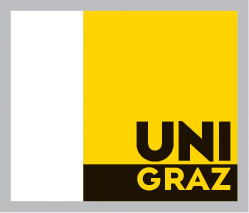Ingredients:
- visch (fish)
- vaistne (lard)
- hecht (northern pike)
- lebern (northern pike liver)
- rugken (northern pike saddle)
- mag (northern pike stomach)
- Stupp (spice)
- pruee (stock)
- salcz (table salt)
- wein (wine)
Tools:
Categories:
Main ingredient: fishPreparation: -Type: show dishAin hecht der mitten gesoten sej . Item ain hecht der mitten gesotten sej . vnd an peden seytten gepraten So nym ain weiss tuoch das ainer hannt prait sej oder ain [77v] wenig praitter vnd nym ain wenigen wein vnd nym aus die lebern das der mag ganncz Beleibe vnd von ainem hechten So nym ain stuck das der mag gefuellet werde vnd thue ain vaistne daran an die stat das die lebern ganncz beleybe vnd die sol er wider ganncz fuellen In den hechten das der mag vnd die lebern pej einannder ligen In der mitt In dem hechten vnd so nym das tuoch vnd necze das tuoch In dem wein . das tuoch sol als lanng sein das es zwirund vmb den visch gee Schlah es ainest vmb den hecht vnd wenn du es vmb geschlagen hast So leg ein salcz vf das tuoch ueber schlach das tuoch ueber das annder schlach auf den rugken vnd ueberall wind den hechten vmb an [78r] peden seitten vnd er sol gesallczen sein zwischen dem tuoch vnd nym ainen drifachen faden vnd wind In vmb vierfach muoss das tuoch sein Stupp In wol zue peden seitten Als du In praten wild Nym ainen spisz vnd stich In da durch vnd prat den visch darauf Nym zwen ziegel vnd leg den visch darauf vnd prat In als ain anndern visch vnnder dem tuoch mach ain feur vnd vnnder das annder ain klain kollen vnd solt haben ain haisse pruee Als du den hechten wild sieden da sol er das tuoch wol mit begiessen das er sich nit verprenn So seud sich der hecht In der mitt Nun sol man haben klain schuessling vnd die suellen haiss sein vnd leg sy vnnder Du solt das tuoch begiessen [78v] mit der pruee So rint er herab auf die haissen So seudt dann der hecht vnd prat in Rain vnd sauber


